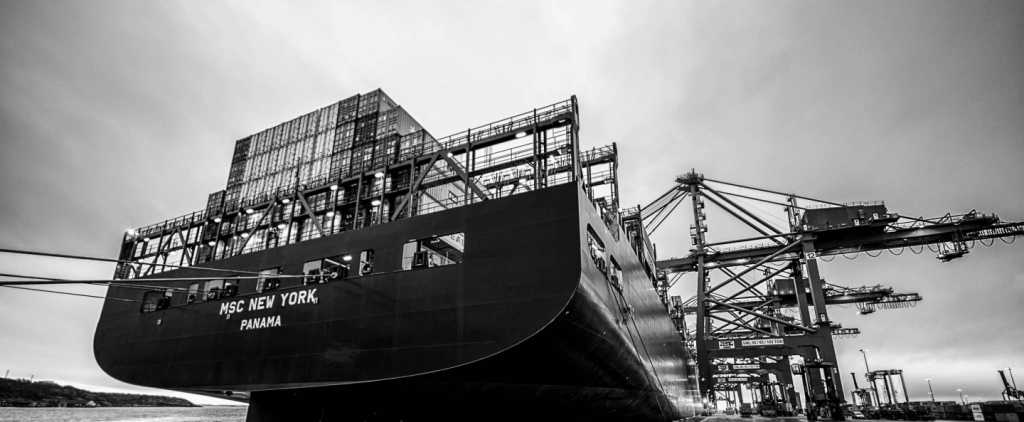Introduction
Shipping containers revolutionized the transportation and logistics industry, standardizing the process of moving goods across borders and continents. Constructed from steel, they’re built to withstand ocean voyages, ensuring safe and secure transport. Available in various sizes and types, they accommodate diverse goods, from small electronics to heavy machinery and oversized equipment. Standardizing container sizes enables shipping companies, freight forwarders, and logistics providers to optimize cargo handling, storage, and transportation, streamlining global supply chains and cutting costs for businesses worldwide. Below is breakdown of 20/40 foot standard, high cube, reefer, open top and specialized containers.
Table of Contents
- Introduction
- Standard Shipping Container (20/40 foot)
- 20-foot Standard Container
- 40-foot Standard Container
- High Cube Shipping Container
- 20-foot High Cube Container
- 40-foot High Cube Container
- Open-Top Shipping Container
- Flat Rack Shipping Container
- Refrigerated (Reefer) Shipping Container
- Tank Shipping Containers
- Specialized Shipping Containers
- Conclusion
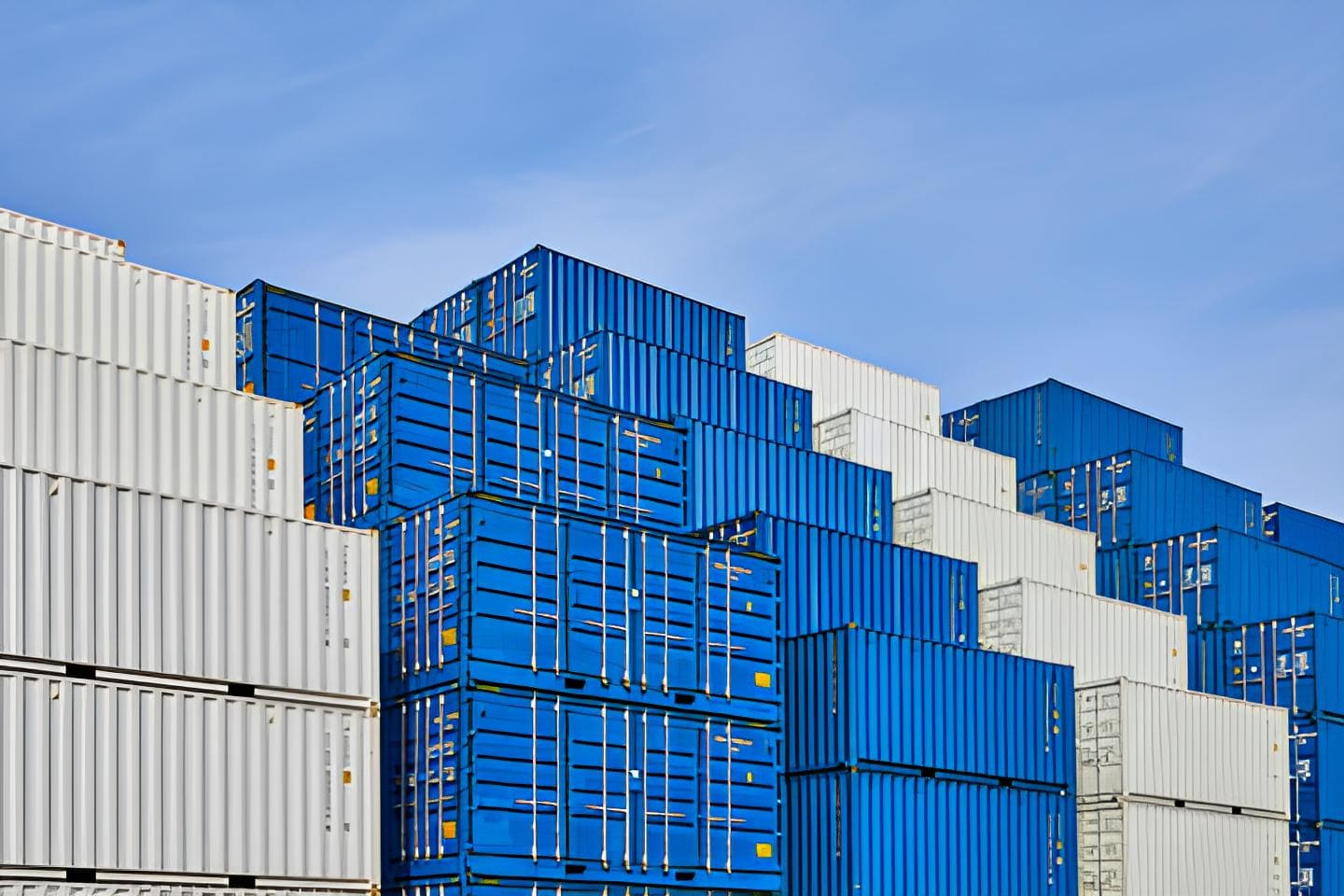
Standard Shipping Container (20/40 foot)
Standard containers are the foundation of containerized shipping, offering reliability, versatility, and cost-effectiveness:
20-foot Standard Container
The 20-foot standard container, referred to as a “TEU” (Twenty-foot Equivalent Unit), stands as the most prevalent type employed in international trade. With a capacity of roughly 10 to 11 standard pallets or 21 to 33 cubic meters of cargo, contingent upon packing density, it accommodates various loads. The standardized dimensions of the 20-foot container streamline stacking and handling on ships, trucks, and trains, thereby optimizing transportation efficiency and curtailing turnaround times at ports and terminals.
40-foot Standard Container
The 40-foot standard container, also known as an “FEU” (Forty-foot Equivalent Unit), spans twice the length of its 20-foot counterpart. With approximately double the capacity of the 20-foot container, it proves ideal for larger shipments or consolidating multiple smaller loads. Widely employed for transporting bulky goods such as furniture, vehicles, or machinery, as well as high-volume commodities like clothing or consumer electronics, the 40-foot container serves diverse shipping needs efficiently.
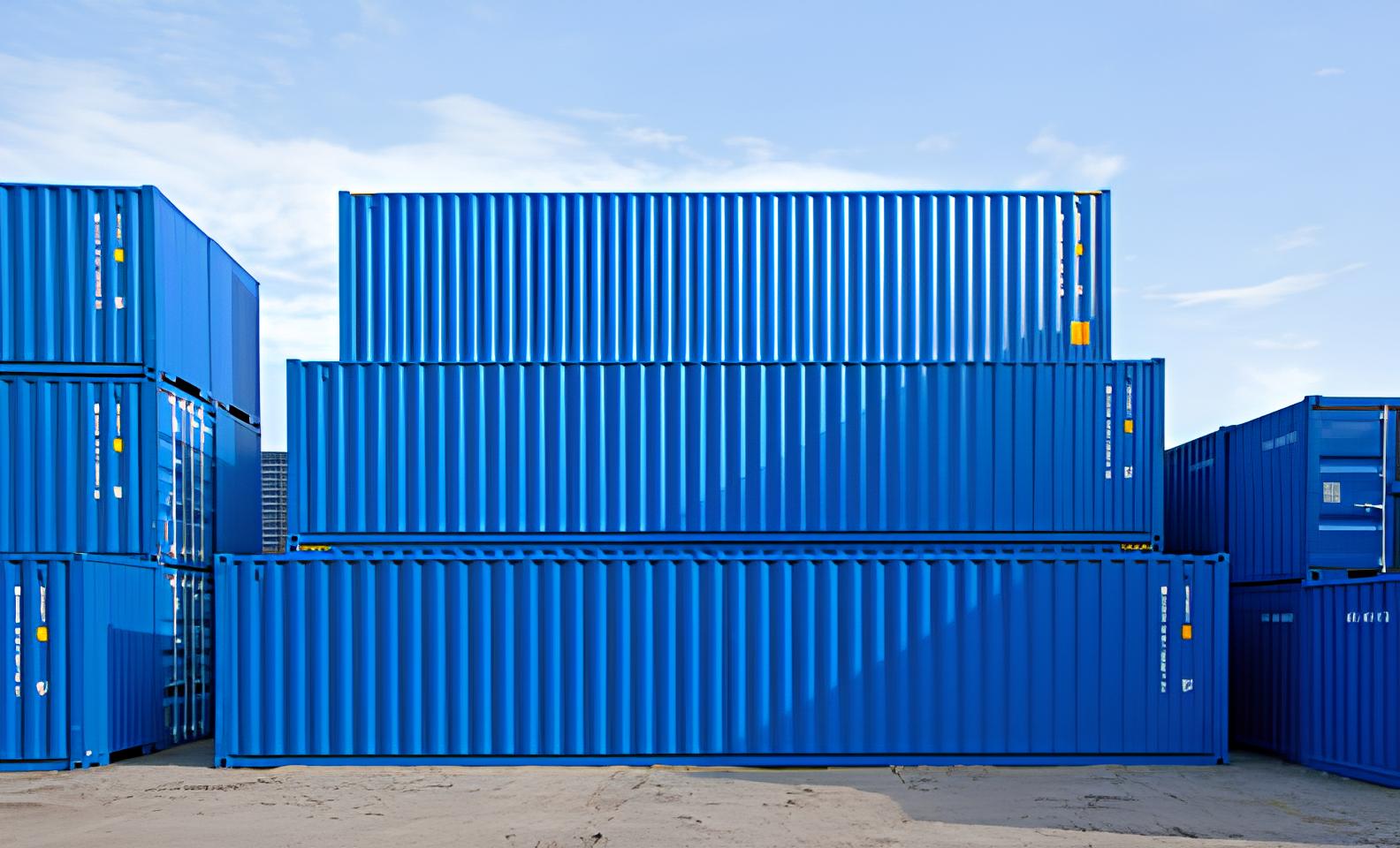
High Cube Shipping Container
High cube containers provide additional vertical space compared to standard containers, accommodating taller cargo:
20-foot High Cube Container
The high cube version of the 20-foot container adds a foot of height, bringing the total internal height to 8 feet 10 inches. This extra clearance is beneficial for transporting tall or bulky cargo like refrigeration units, construction materials, or industrial equipment. High cube containers are particularly popular for export shipments, allowing businesses to maximize cargo volume while meeting shipping weight limits and dimensional regulations.
40-foot High Cube Container
Similar to its 20-foot counterpart, the 40-foot high cube container offers increased capacity for oversized or high-volume cargo. With an internal height of 8 feet 10 inches, it accommodates tall machinery, vehicles, or modular structures. Renowned for its versatility, manufacturers, exporters, and project cargo handlers highly value the 40-foot high cube container for its efficiency in transporting various goods.
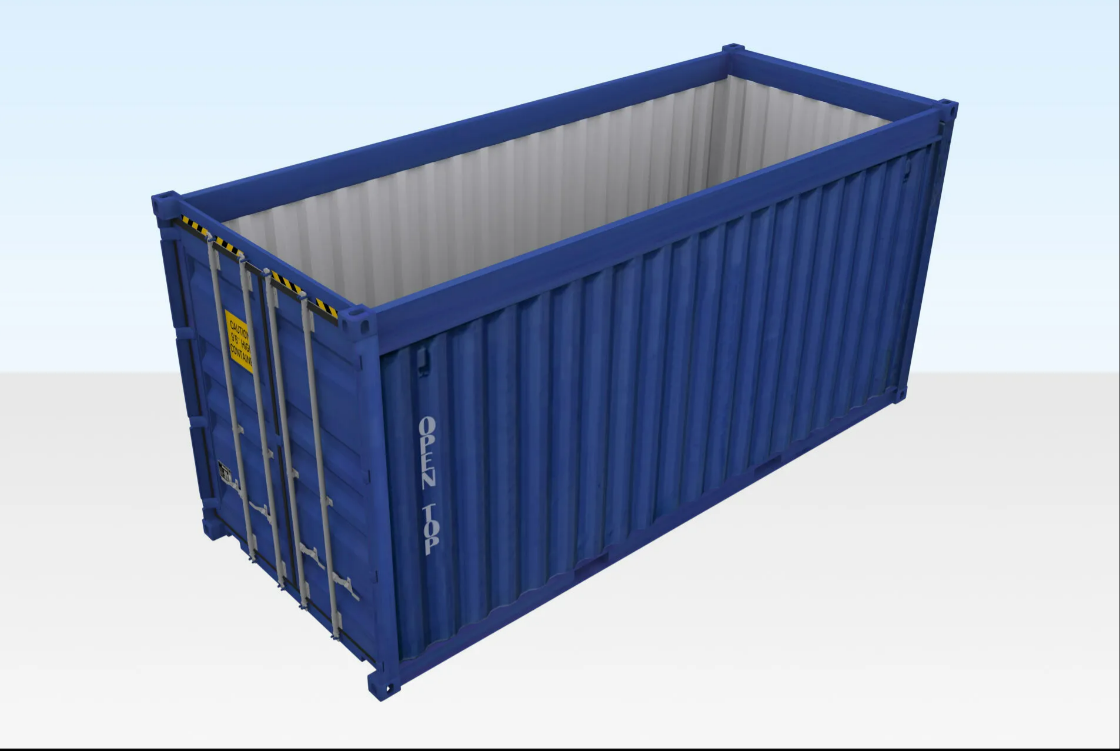
Open-Top Shipping Container
Open-top containers, featuring removable roofs, enable easy loading and unloading of cargo exceeding standard height limits. Equipped with tarpaulins or removable overhead beams, they shield cargo from inclement weather. These containers are commonly used for transporting bulky items such as machinery, construction materials, or oversized equipment. Furthermore, open-top containers are compatible with crane loading and unloading operations, offering flexibility in handling heavy or irregularly shaped cargo.
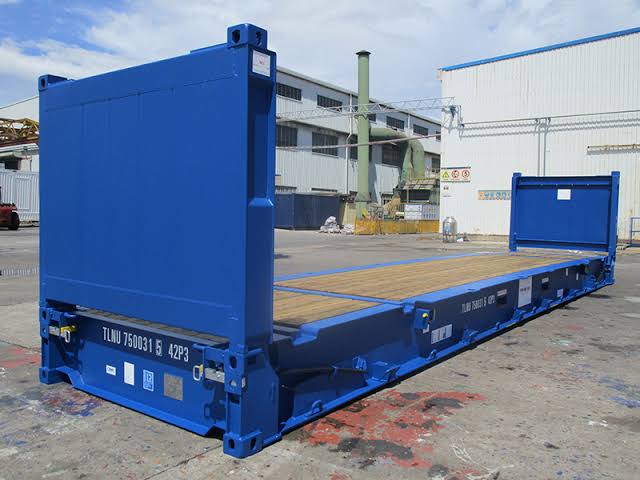
Flat Rack Shipping Container
Flat rack containers, versatile platforms with collapsible sides, facilitate the transportation of oversized or irregularly shaped cargo. Available in diverse lengths and configurations, they feature collapsible or removable side panels to adapt to various cargo dimensions. These containers find frequent use in transporting heavy machinery, vehicles, or large components necessitating specialized handling. Offering flexibility for securing cargo with lashings, chains, or straps, flat rack containers ensure stability and safety throughout transit.
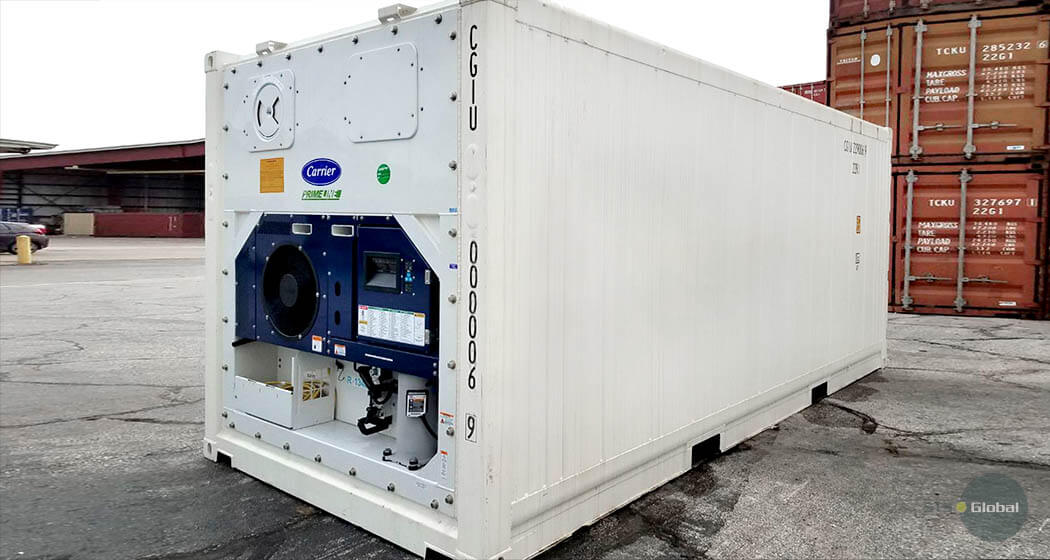
Refrigerated (Reefer) Shipping Container
Refrigerated containers, commonly known as reefers, play a crucial role in maintaining precise temperature conditions for perishable goods during transit. These containers are outfitted with built-in refrigeration units, enabling meticulous temperature control within a range of -25°C to +25°C (-13°F to +77°F). Essential for transporting perishable items like fresh produce, seafood, pharmaceuticals, or chemicals that demand temperature-sensitive handling, reefers feature insulated walls and air circulation systems. These systems work to uphold consistent temperature and humidity levels, thereby safeguarding the quality and integrity of the cargo throughout the journey.
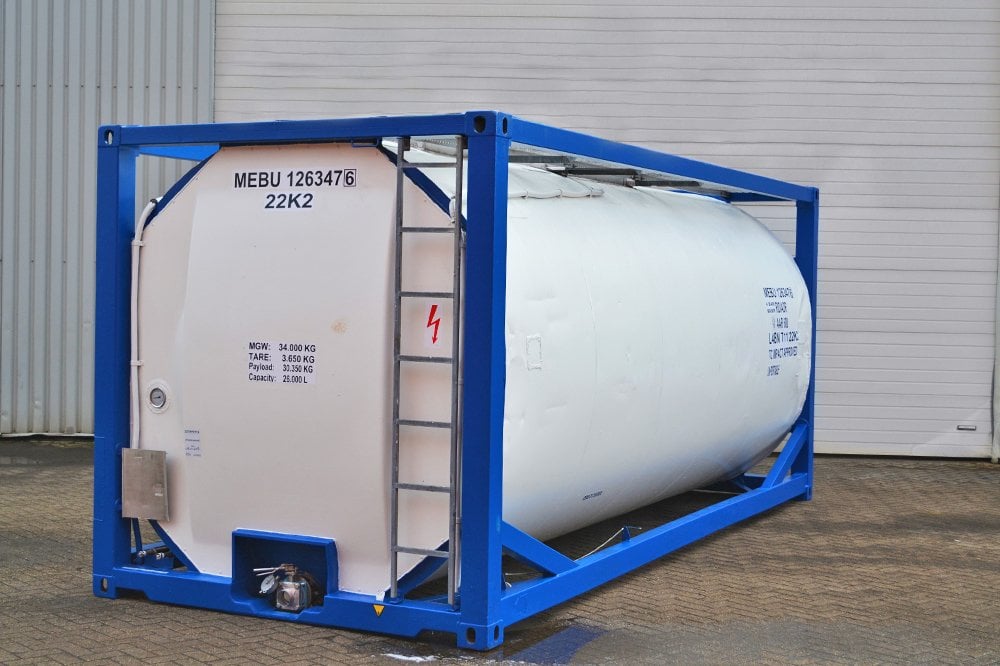
Tank Shipping Containers
Tank containers are specifically engineered for the secure and reliable transportation of liquids and gases within a robust framework. Constructed from materials like stainless steel or carbon steel, they ensure compatibility with a diverse array of liquid and gas commodities. Available in different sizes and configurations, with capacities ranging from 10,000 to 30,000 liters (2,640 to 7,925 gallons), tank containers serve various liquid transport needs. Widely utilized for transporting bulk liquids such as chemicals, fuels, liquefied gases, or food-grade products, they offer a safe and efficient solution for liquid transport across both land and sea routes.
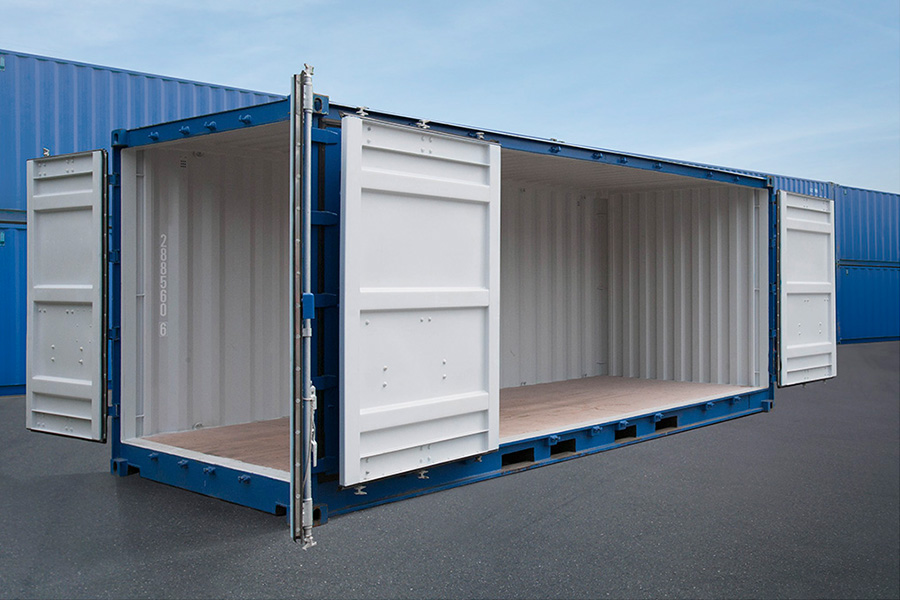
Specialized Shipping Containers
Specialized containers are customized to meet unique cargo needs, offering tailored solutions for various industries or transportation challenges. Insulated containers, for example, come with thermal insulation to protect cargo from extreme temperatures during transit, maintaining product integrity and quality. In contrast, half-height containers are designed for transporting heavy or dense cargo, providing a lower center of gravity and easier access for loading and unloading. Meanwhile, open-side containers feature side doors for convenient access to cargo, facilitating efficient loading and unloading of oversized or irregularly shaped items.
Conclusion
Shipping containers are indispensable tools for global trade, enabling businesses to transport goods efficiently and cost-effectively across vast distances. By understanding the different types and sizes of shipping containers available, businesses can optimize their logistics operations, minimize risks, and capitalize on new opportunities in the global marketplace. Whether transporting standard cargo or specialized commodities, selecting the right container is essential for ensuring the success and sustainability of supply chain operations in today’s interconnected world.

SHIPPING FREIGHT COMPANY B.V.
we’ve got your cargo covered with a full range of container options. Reach out today for top-notch service at competitive prices.

